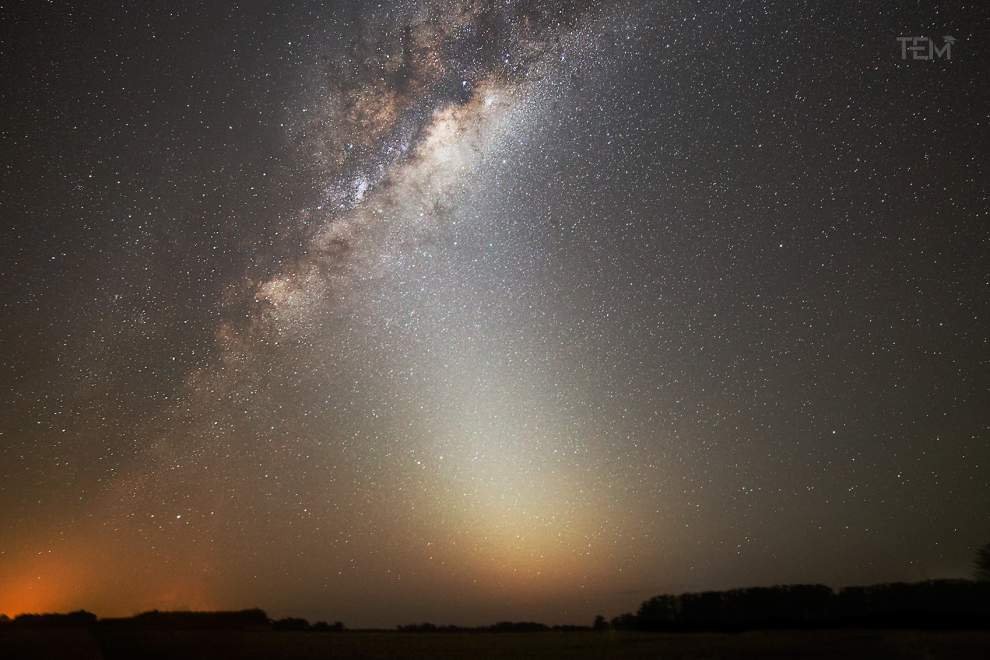Key Highlights
- 5200 tons of space dust enter the earth every year.
- Cosmic rays help in curing cancer.
- A polar region can easily absorb space dust.
Earth surface covered with dust
Space dust is regularly falling on the Earth’s atmosphere. Extra-terrestrial debris has rained down on earth. The cosmic shower begins with each passing day. The most spectacular examples are large fragments of rock and metal. They act as brilliant shooting stars during their fiery transit through the upper atmosphere.
And rarely strike the earth to become meteorites. The majority of space debris that falls to Earth is very thin, measuring in the submillimeter range.
Cosmic rays important for Earth

High levels of cosmic radiation can aid in the advancement of cancer treatment technologies through the use of high-energy particle accelerators. Beams of charged particles, comparable to those seen in space, can kill deep-seated tumors while causing minimal damage. Organic compounds found in cosmic dust may have played a critical role in the evolution of life on Earth.
Effect of space dust and on the human body
5,200 tons of space dust particles enter the Earth’s surface each year. Long-term dust exposure can result in a more severe respiratory condition related to silicosis. The astronauts’ spacesuits would get polluted with moon dust during their lunar exploration. When the suits are removed, the dust will be released into the atmosphere. In the case of cosmic radiation, the Earth’s gravitational field deflects lower-energy cosmic rays around our universe. Creating a “bubble” around it. Higher-energy cosmic rays continue to enter the gravitational field, but the vast majority remain stuck in one of our planet’s radiation belts.
Related:- Green lightning
Polar Regions, good place for space dust

Because of their geological isolation and stasis. Polar Regions with year-round ice cover, such as Greenland and Antarctica, are hotspots for micrometeorite analysis. Just a small amount of debris from elsewhere on Earth enters those far-flung areas. And allowing the scarcely shifting ice sheets to absorb space dust with negligible pollution. The southern ice is preferred by Jean Duprat, a cosmochemist at the University of Paris–Saclay. The South Pole is best as it is by oceans and separated from mainlands. Dome C in Antarctica is located 1,100 kilometers inland on the continent and rising more than three kilometers above sea level. It is virtually ideal for gathering cosmic dust.
Also Read:- Mammoth plane, Roc, accomplished its second flight










